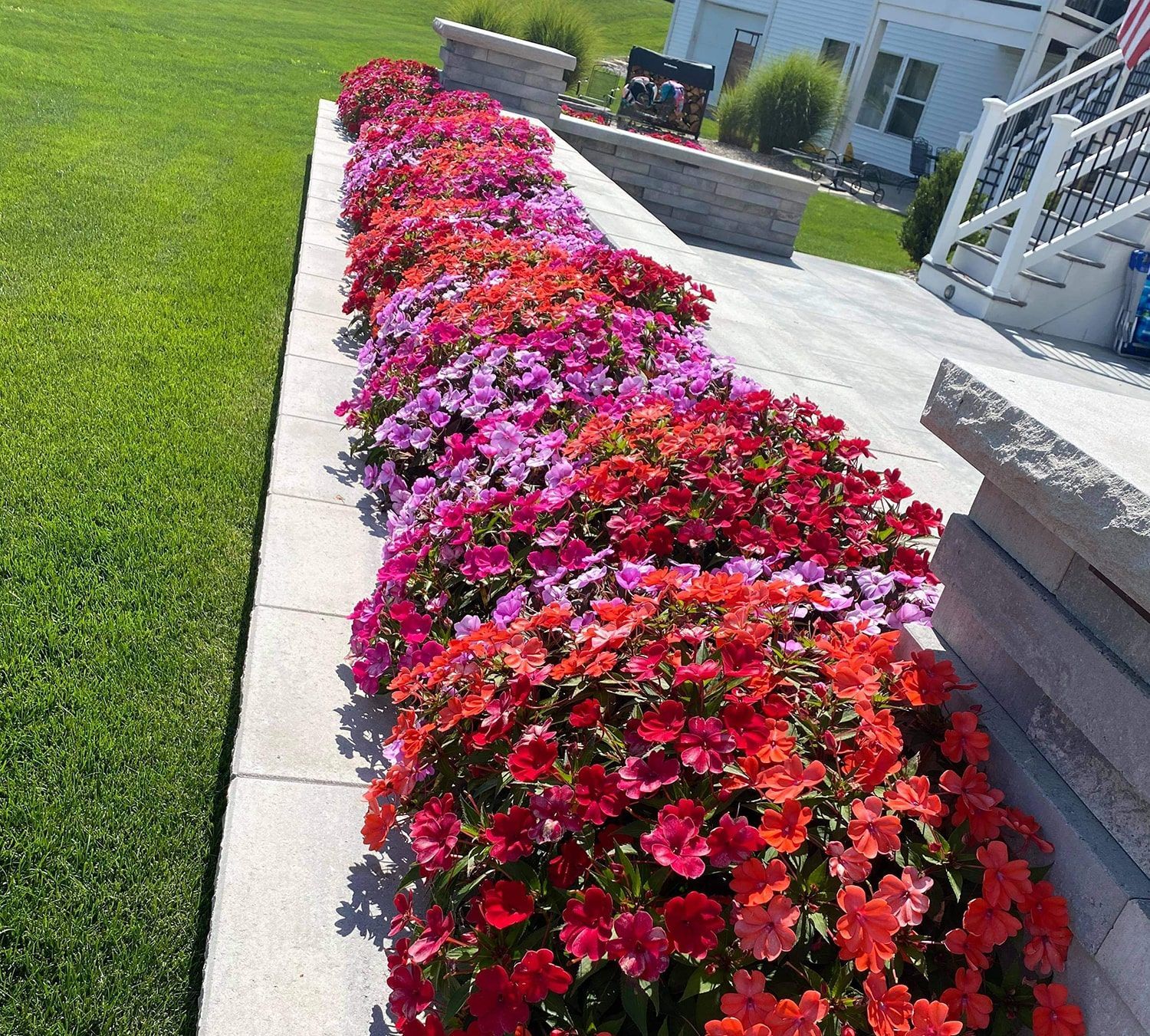Landscape Care Instructions for West Michigan Area Homes
Invest in Maintenance for Your Landscape
A beautiful landscape is a living, breathing work of art. At Pro-Mow Lawn Care & Landscaping, LLC, we know that ongoing care and maintenance are essential. Whether you’re nurturing perennials, shrubs, or trees, our comprehensive care instructions will help you maintain a vibrant outdoor space. Our expert team is here to support you every step of the way.
From proper watering techniques to understanding soil types, our tips will guide you in creating a lush, healthy landscape. Contact us today to talk to our full-service landscaping contractors. Click on the button below to download our full care instructions today.
Review Our Landscape Care Instructions
You can always trust Pro-Mow Landscaping to help your landscapes thrive. Between our visits though, you can take care of your landscaping using these tips. Read the following to learn more about what you should do.
Plant and Tree Watering
Watering is vital for the livelihood of your perennials, shrubs, and trees, especially during their first two years of life. This is when the root systems are maturing. Different soil types require different watering amounts.
The top killer of plants and trees is not watering at all or waiting too long to water. The second biggest killer is overwatering in clay soils. You will need to do a water check to see the moisture levels of your soil. The water check is recommended weekly until you establish a watering schedule.
Water Check
The water check helps you determine how much water your plants need. Start by watering one to four times per week, depending on the soil type and time of year. Then, before you water each week, check the moisture of your soil by placing your hand 4 to 6 inches below the surface just outside of the plant's root system.
If it's too dry, you need to increase your watering. If it's too wet, then you need to reduce how much you water.
Sandy and Clay Soil
Your soil type has a big impact on your plant health. Most properties have sandy or clay soil.
Sandy soil drains well and typically needs more water, depending on the time of year and overall sun exposure. Clay soil will often appear dry on the surface, but it holds moisture below the surface.
Start by watering two times a week. You can vary this based on what you think your plants need. Once a hole is dug, clay soil often becomes like a bowl that does not drain. Many properties with clay soil will have plants with withering leaves. In this case, more water is not needed. To determine this, do a water check and adjust your watering amounts accordingly.
Evergreens and Trees
Most trees and evergreen plants do not like to be overwater or to sit in wet, clay soil. Complete a water check to see if the soil is wet or dry 4 to 6 inches below the surface. You can adjust your watering habits based on that.
If you have questions or need more support, get in touch with Pro-Mow today. We offer proactive customer support, and your service always comes first.
Why Choose Pro-Mow Landscapes For Services
Choosing our team at Pro-Mow means more than just exceptional landscape care. Here’s what sets us apart:
- Special training in shoreline work
- Licensed for pesticide use
- Certified in all forms of turf management
- Free quotes within two business days
- Over 20 years of experience
- Emergency irrigation work when water is flooding your yard
- One-stop shop for landscaping needs
- Dedicated account manager and customer service staff
- Top-priority customer satisfaction
- Clear company vision and excellent employer
- Enrichment for the lives of our customers
- Comprehensive landscaping solutions
- Customization for outdoor living possibilities
- Takes pride in customer referrals
- Community-oriented
- Industry award winner with the Michigan Nursery and Landscape Association
Contact us today to work with a trusted, local, family-owned business. We always do the job right. If something isn't the way it should be, we'll fix it. Responses are guaranteed within two business days!
Contact Pro-Mow Lawn Care & Landscaping, LLC
Make sure your landscape thrives. Our team is eager to help. Reach out to us at Pro-Mow today for expert advice and exceptional service. We offer fast response times for our services!




























Share On: